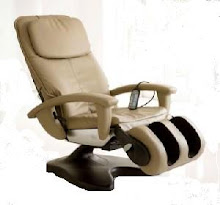
Getting up and down a flight of stairs gets more difficult as people get older. Accidents, illnesses and other health issues can additionally make ascending and descending steps challenging and even dangerous.
The solution to getting from one level to another, particularly in a house, can often be a stairlift.
Stairlifts come in many forms including one where you are transported whilst still standing. Lifts of this type are called perch stairlifts and are ideal for those who find standing up and sitting down hard. This means that anyone who uses a riser recliner chair may find a perch lift easier to use than a regular stair lift.
More conventional stairlifts use a seat which will have a backrest and often armrests. A seat belt or security strap will be compulsory in some countries and this secures the “traveller” in place during the transition.
Stairlifts can travel up and down straight flights of steps or move around corners. Turning or curved stairlifts are more expensive as the curved sections need to be “made to measure” for the stairway in question.
If the curved section simply deals with a landing, then it will be combined with straight elements which will keep costs down, however, if the stairway is a spiral one it will have a much greater cost.
There are limitation to where and how a stairlift can be fitted.
Naturally the width of the stair needs to be sufficient to accommodate the lift and chair and the adjacent wall must be a structural one that can take the weight and fixings of the track and chair mechanism.
Certain spiral stairs can be too narrow and/or too curved to receive a stairlift installation, however this kind of occurrence is unusual.
When not in use the stairlift chair usually comes to rest just around the top or bottom bend of the stair. This means that it does not obstruct the stair and prevent more mobile people from climbing it.
Most stairlift installations can be fitted in a single day, however the manufacturing time may result in a delay between ordering and fitting. This delay will depend on how busy the supplier is and how many sections of made-to-measure tracking are required.
Once fitted a stairlift can be expected to function without problems for many years. The motors are normally robust and reliable and, although occasional servicing is required, they prove cheap to run and maintain.
Though once very expensive, this kind of mobility apparatus is now common place in many homes and it can keep a two storey house easily accessible even if personal mobility becomes an issue.
